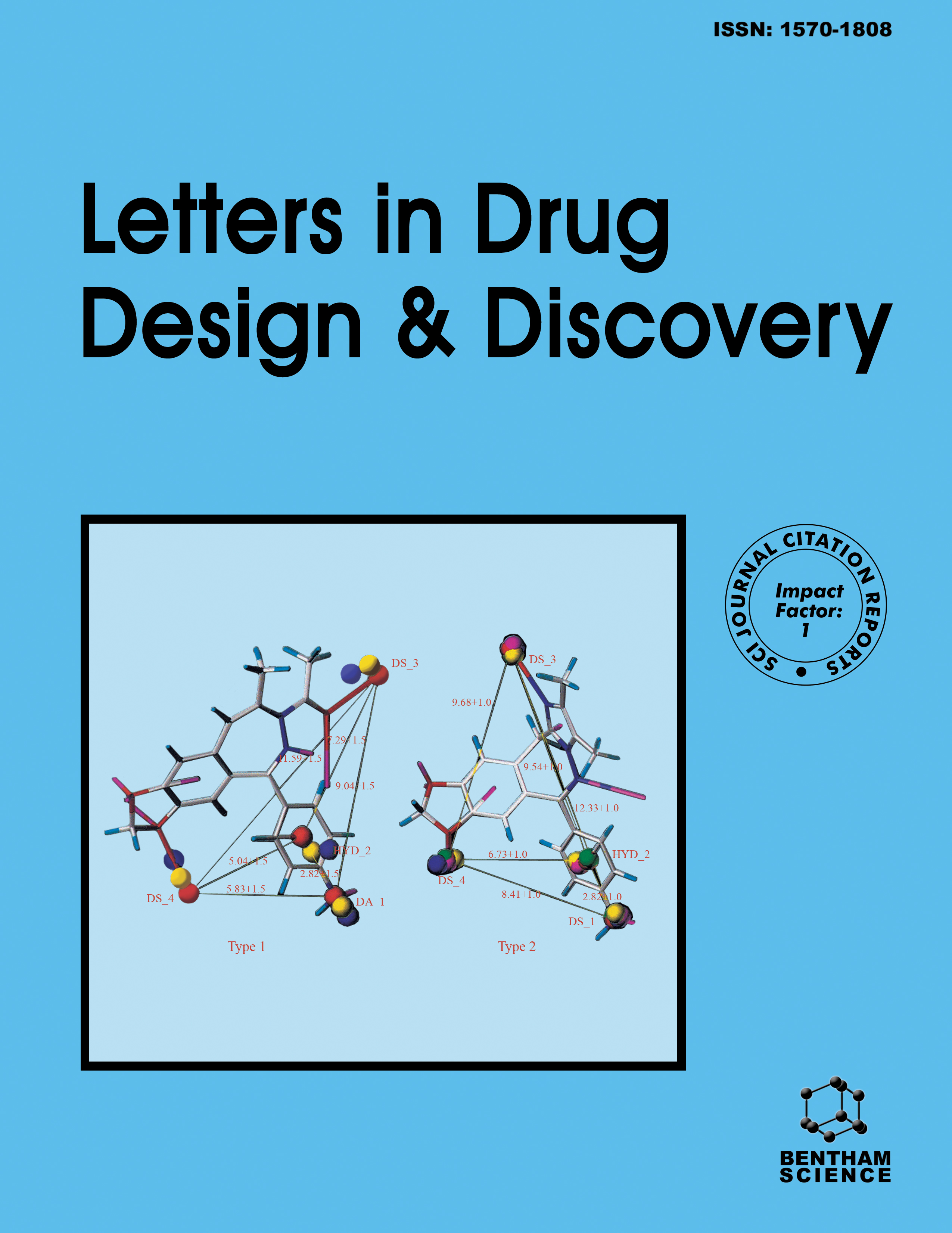
Full text loading...
We use cookies to track usage and preferences.I Understand
Gastrointestinal (GI) disorders are a kind of common, but complicated disease that may be triggered by many factors. In Asia, many traditional Chinese herbs are prominent in treating GI disorders, but the pharmacological mechanism still remains vague or unknown due to the multiple-component characteristics of traditional Chinese medicine (TCM).
In order to investigate the therapy mechanism of traditional Chinese medicine (TCM) for Gastrointestinal (GI) diseases, a typical TCM prescription, Houpusanwu Decoction, for the treatment of ileus, a severe GI disease, is used as a probe presently.
We performed data mining on all components in Houpusanwu Decoction (HD), established a corresponding component database, and then conducted ADME screening of potentially active compounds in the database. Next, we identify potential targets of HD candidate compounds, followed by the establishment of a series of pharmacological networks. Finally, we conducted SP analysis and mechanism analysis.
Through pathway analysis, we found that HD treats ileus mainly through four pathways, i.e., GI motility-related Calcium, inflammation-related SCF/c-kit and p38/MAPK, and thrombosis and diabetes-related JAK2/STAT3 signaling pathways, which indicated that HD is a typical prescription with multichannel and multifunction of TCM characteristics.
This study not only expounds the pathogenesis of ileus and, at the same time systematically illuminates the curative mechanism of HD, but also provides a novel SP method to explore the therapeutic mechanism of TCM in treating complicated GI diseases.

Article metrics loading...

Full text loading...
References


Data & Media loading...
Supplements

